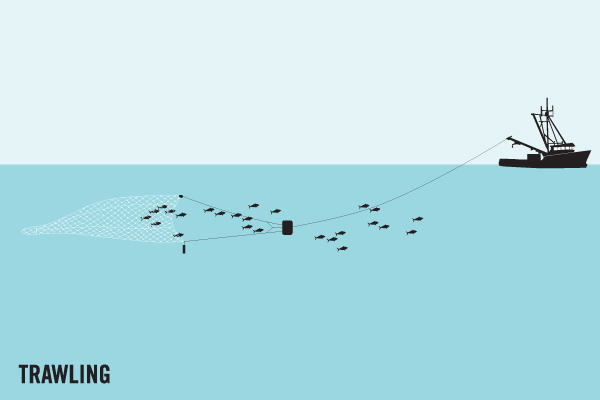Average Weight/Length
Averages 2 feet; maximum about 4 feet. World record 16 pounds.
Location Habitat
Coastal, including surf, shallow flats and streams, often in schools. Reaches at least 103 cm TL. Abundant in the continental shelves, from the intertidal to deeper waters. Often occurs close to the surf zone off sandy beaches, and also enclosed bays, sounds, and harbors, in estuaries and river mouths. Feeds on small bony fishes, shrimps, crabs, segmented worms and mollusks (gastropod feet). Viviparous, with 1 to 7 young in a litter. Size at birth about 29 to 37 cm. Utilized for human consumption.
Biology & Physical Description
The Atlantic Sharpnose shown here, and the Caribbean Sharpnose, Rhizoprionodon porosus, are identical in outward appearance. Small, generally gray, streamlined shark, with long pointed snout. Posterior margin of anal fin straight or slightly concave. Second dorsal fin origin well behind anal fin origin
Life Cycle & Mating Behavior
Distinct pairing with embrace. Viviparous, placental. 1 to 7 young per litter. Larger females carry more young. Size at birth 29-37 cm. Gestation period is 10 to 11 months in the northern Gulf of Mexico. Sex ratio of near term fetuses is 1:1
Geographic Species Map (Fishbase.org Map)
|
|

|
Summary of Distribution: Western Atlantic: New Brunswick, Canada to the Gulf of Mexico. Southwest Atlantic: coasts of Brazil. |
|
Note: Distribution range colors indicate degree of suitability of habitat which can be interpreted as probabilities of occurrence (fishbase.org) |
|
Sport Fishing Techniques
|
|
River DriftRiver Drift means to use the.... |
|
|
|
TrawlingTrawling is when.... |
|
Tackle & Baits
Light tackle with wire leaders and small live or dead baitfish, or cut baits.
Game Rating
Game Rating : 7/10
Game Description :
Energetic and strong on light tackle.
Food Rating
Game Rating : 8/10
Game Description :
Very good
Picture (Fish)
|
|
|
|
|
|
|
|
|




















 Atlantic Sharpnose Shark
Atlantic Sharpnose Shark 









